Graduate Advancement, Training and Education (GATE)
The Science Alliance’s Graduate Advancement, Training and Education (GATE) program supports graduate students via assistantships and fellowships awarded by individual departments, to support meritorious, collaborative research between the University of Tennessee and Oak Ridge National Laboratory (ORNL). Additionally, Science Alliance offers full graduate research assistantships to students based on the merit of their research. GATE awardees receive a 12-month appointment, including a stipend, tuition waiver and health insurance.
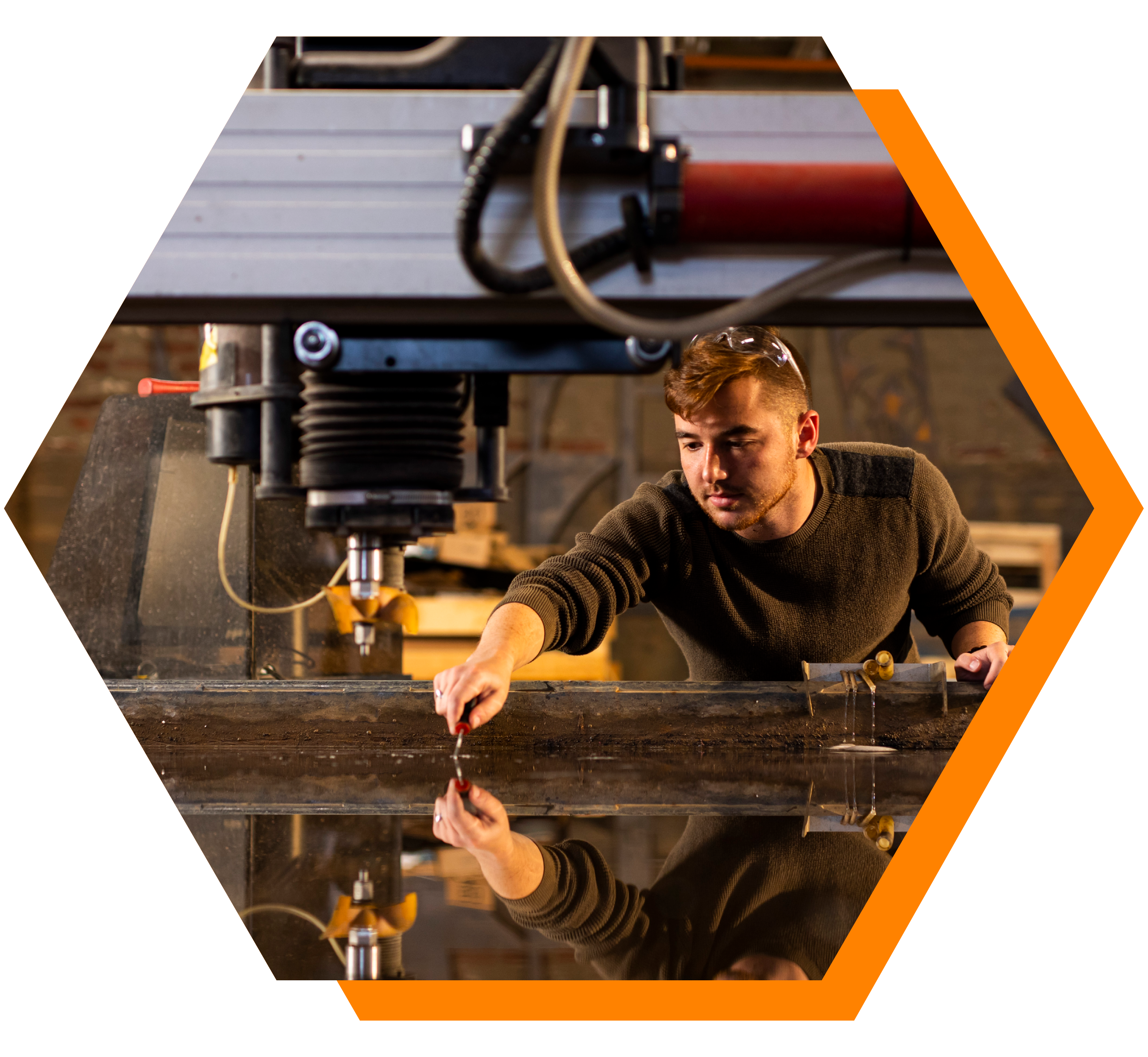
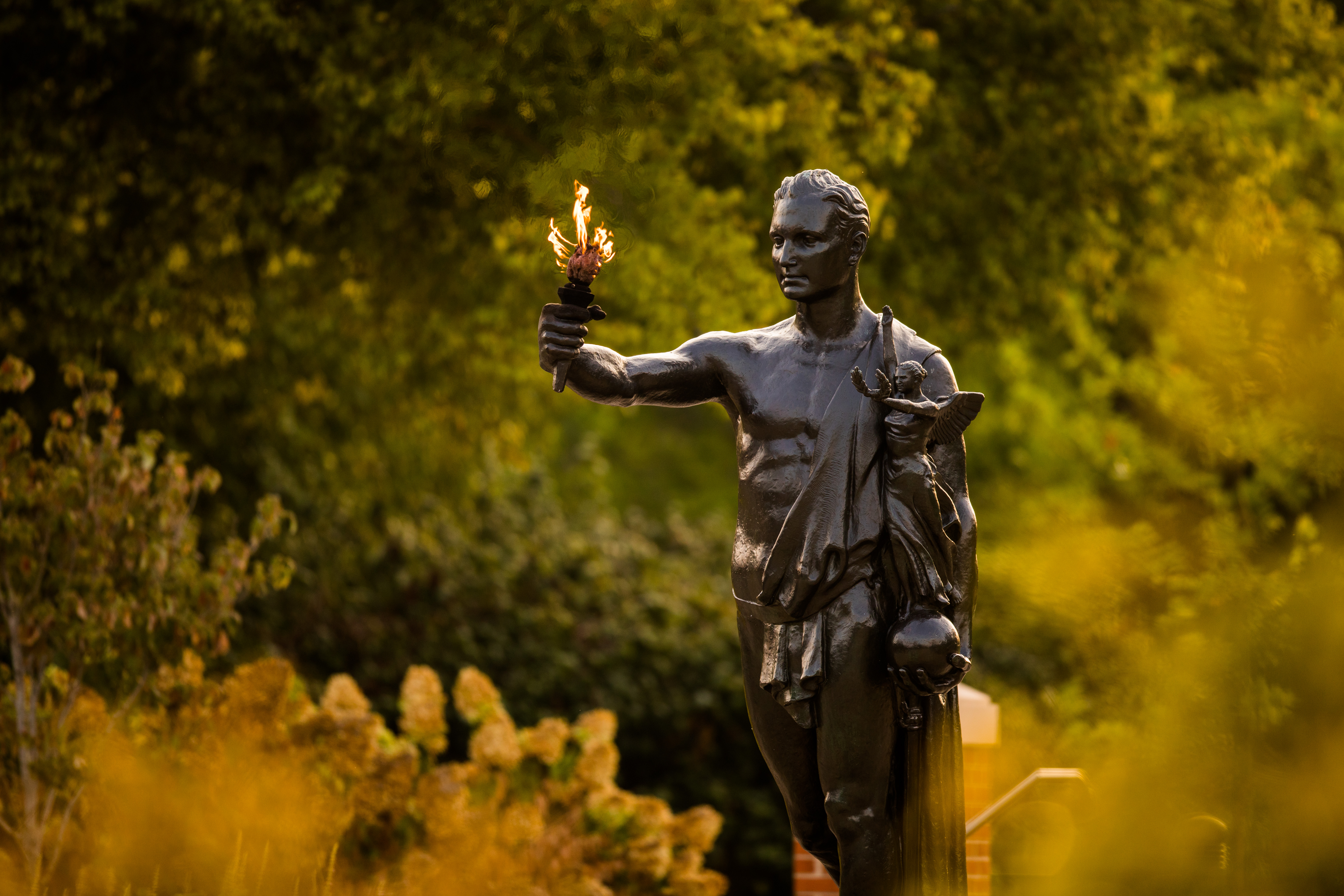
Applying for GATE
The GATE fellowship program allows graduate students to focus on their thesis research and supports Graduate Research Assistant (GRA) appointments. GRA/Graduate Teaching Assistant (GTA)-split positions, or supplements to full GTA positions, are not permitted. Any changes in appointment post award will result in forfeiture of the GATE fellowship. UT-ORII anticipates funding 10-15 Science Alliance-supported fellowships as a result of this competition.
A GATE fellowship supports a 12-month GRA appointment, including $34,000 stipend, tuition waiver, fees and health insurance. Initial awards will be for one year with the potential for renewal after submission, review of a progress report, verification of satisfactory progress and good academic standing. The ideal candidate will possess good communication and organizational skills, as well as be involved in meritorious research.
The GATE fellowship review committee will give preference to students who have successfully completed PhD candidacy requirements in their programs of study; although early career and MS students may also apply. The Science Alliance will accept applications for its 2025 GATE awards in November 2024.
ORNL Research Record
Applicants must have a record of performing “ORNL-affiliated” research, defined as research leveraging ongoing collaborations with ORNL research staff who have meaningful input into the applicant’s proposed dissertation research. Being an external user of one of ORNL’s Department of Energy user facilities (e.g., CNMS) is not sufficient to qualify as ORNL-affiliated research for the purposes of this program.
Application Proposal Requirements
Applicants must be in good standing with both the relevant academic department(s) and their Graduate School.
Applicants should prepare a proposal that includes:
- A one-page personal statement
- A three-page research proposal (does not include references, which can be appended in a separate bibliography)
- A one-page CV
- Current academic transcripts
- Three letters of recommendation including one from the ORNL-affiliated collaborator or ORNL graduate mentor
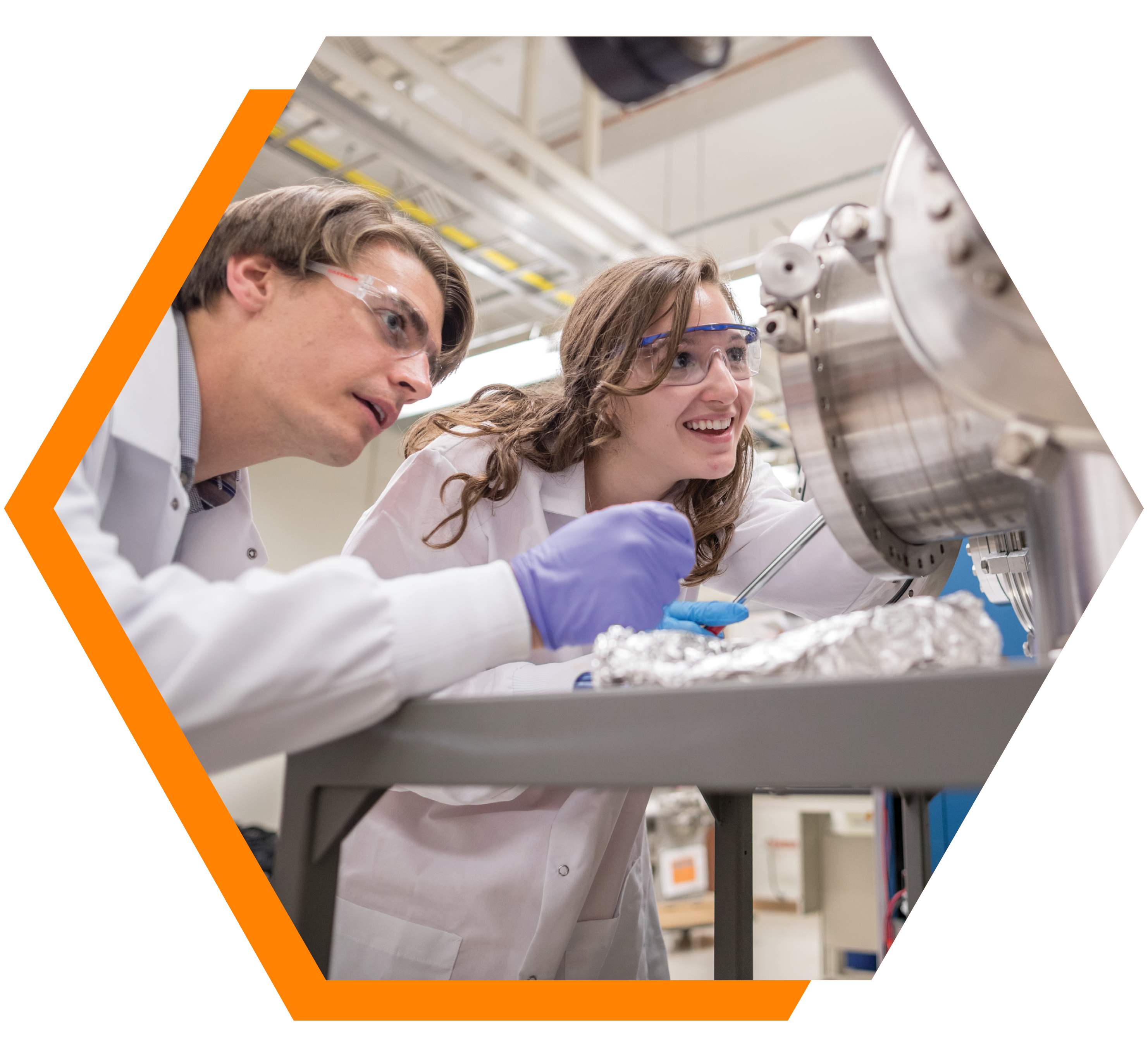
The GATE program has funded over 47 graduate students representing over $2.5 million in student research investment since 2020.
Current GATE Awardees

Coming Soon
Department
Coming soon
2023 Awardees
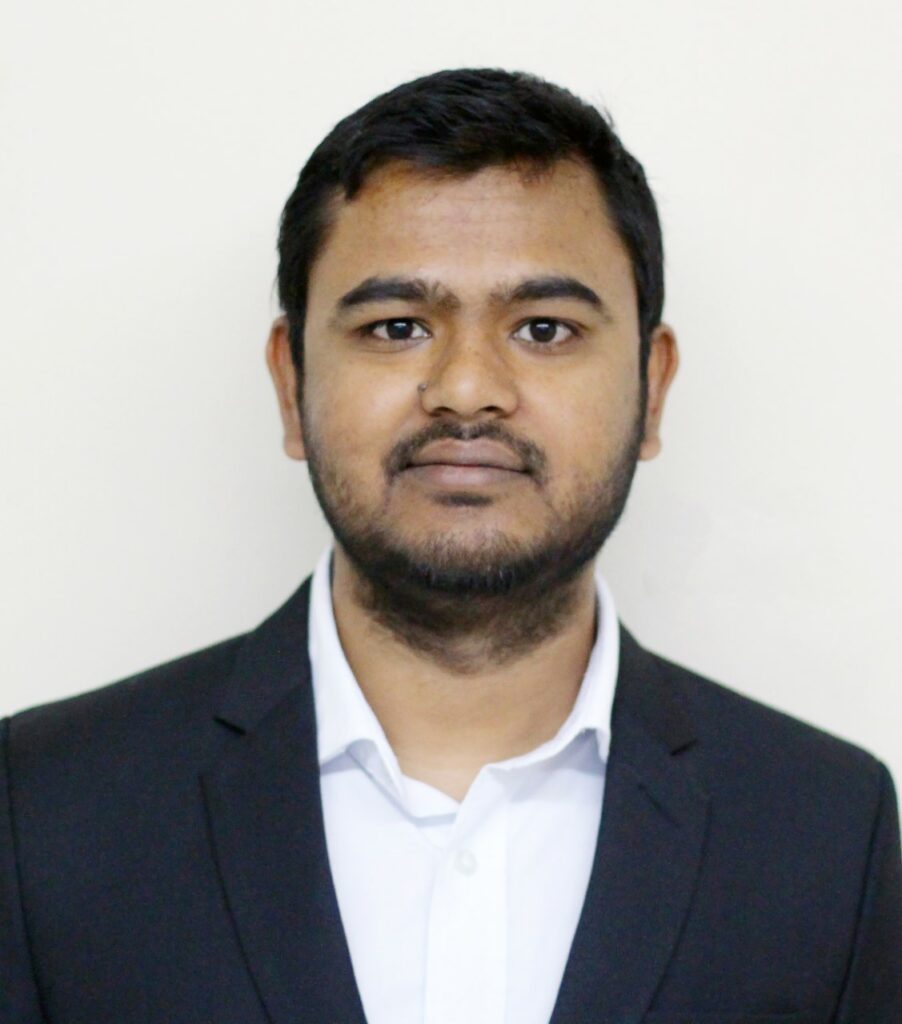
Shamiul Alam
Electrical Engineering & Computer Science
Shamiul Alam’s primary area of research revolves around the development of device models and circuits aimed at enabling next-generation memory, logic, and logic-in-memory systems utilizing semiconducting, superconducting, and topological devices. The outcomes of his research carry significant implications for fields like artificial intelligence, high-performance computing, and quantum computing. Currently, Alam is focused on creating a universal memory system that can function both as a long-term storage and active memory. He is accomplishing this goal by utilizing a novel memory device known as UltraRAM. Alam intends to expand his research by designing a unique compute-in-memory system for this technology that will exploit the inherent properties of this device.

Fidaa Ali
Fidaa Ali’s research focuses on characterizing and solving the structure of different oligomeric forms of photosystem I (PSI) from thermophilic cyanobacteria in their native membrane environment. She is using non-detergent methods to extract and stabilize the protein complexes and employ a variety of biochemical and biophysical analyses as well as computational methods to characterize them and gain insight into the distribution of lipids around these complexes.
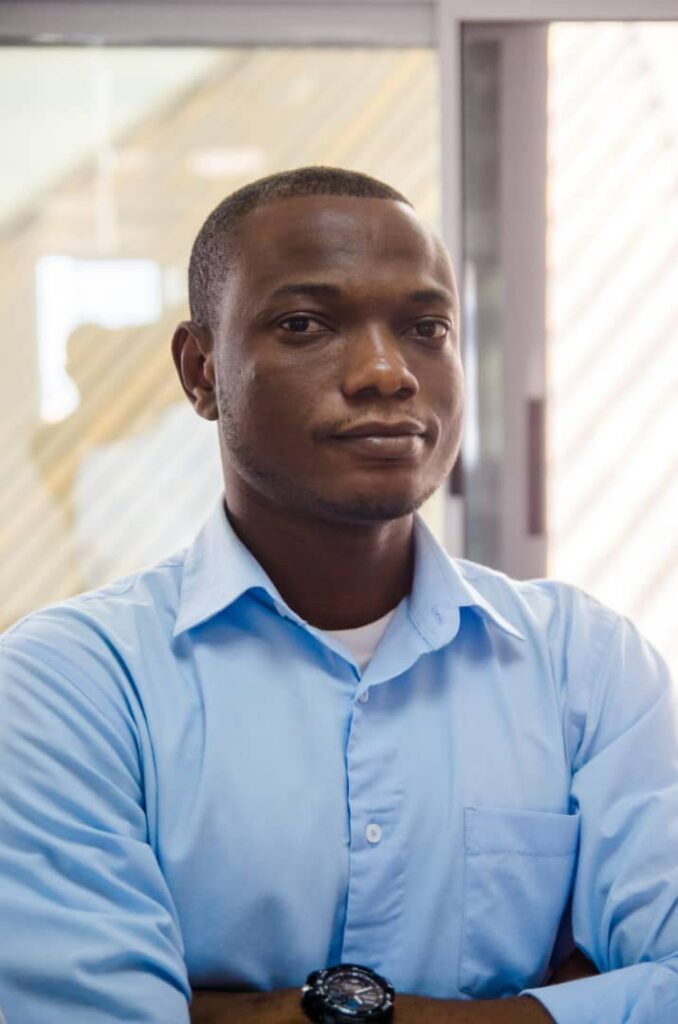
Charles Amoo
Charles Amoo is working on DOE’s Weatherization Assistance Program, aimed at reducing energy costs for low-income households by increasing the energy efficiency of their homes. Amoo is involved in improving existing energy audit software by developing features that are relevant for users, documenting the program for ease of use in the form of engineering manuals and getting started guides, and training energy auditors on the use of energy audit tools. Through his research, Amoo hopes to improve energy audit and energy audit software to one that is comprehensive, robust and user-friendly energy audit software, and make it well-suited to characterizing energy use in buildings, recommending cost-effective energy savings and retrofit measures, and train energy auditors to support the millions of non-weatherized, low-income households that need weatherization assistance.
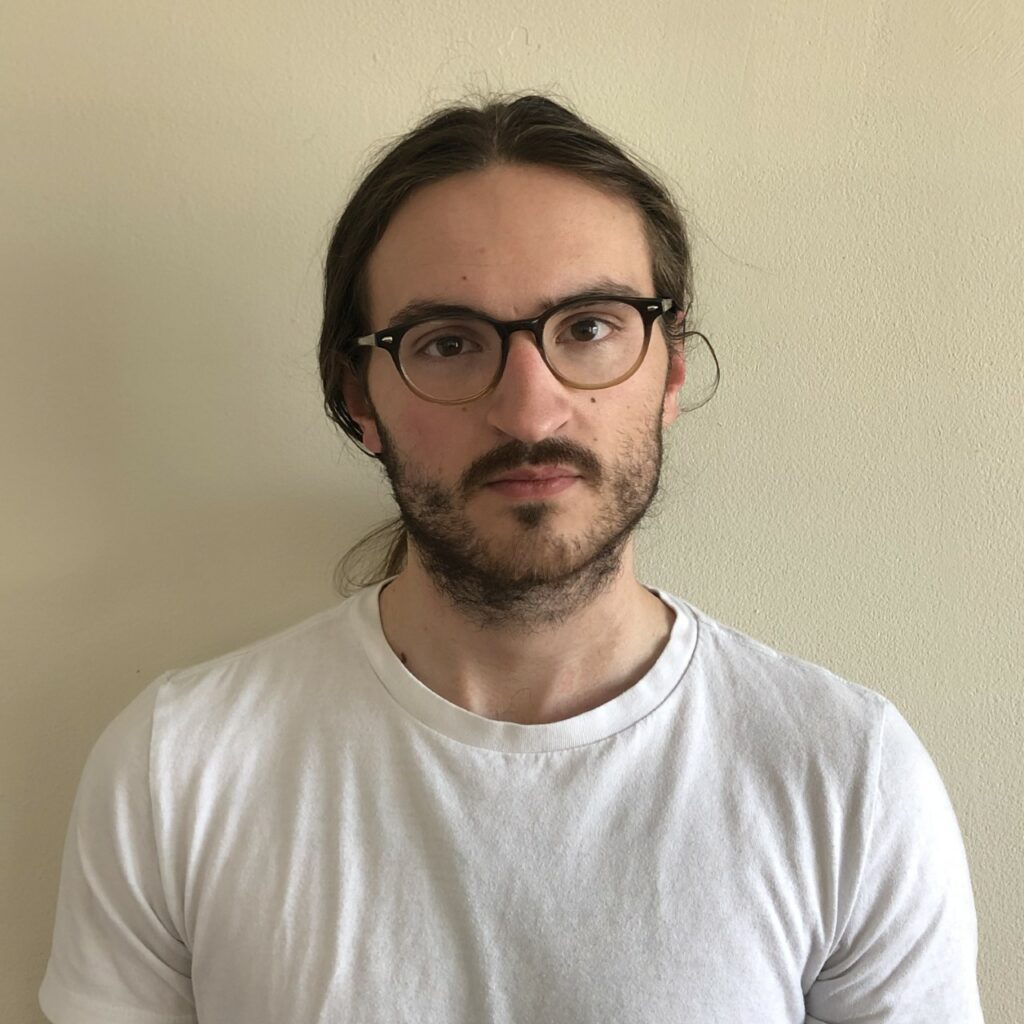
John Hirtz
John Hirtz’s research investigates the structural changes of spinel oxides in extreme conditions. Hirtz’s focus is on creating sample environments at extreme pressure and high temperature with the ability to perform in situ characterization. These measurements are performed at multiple beam lines at Argonne National Laboratory and Oak Ridge National Laboratory. Hirtz has previously worked on the irradiation response of implanted Helium bubbles in metal matrices and other general high pressure work.
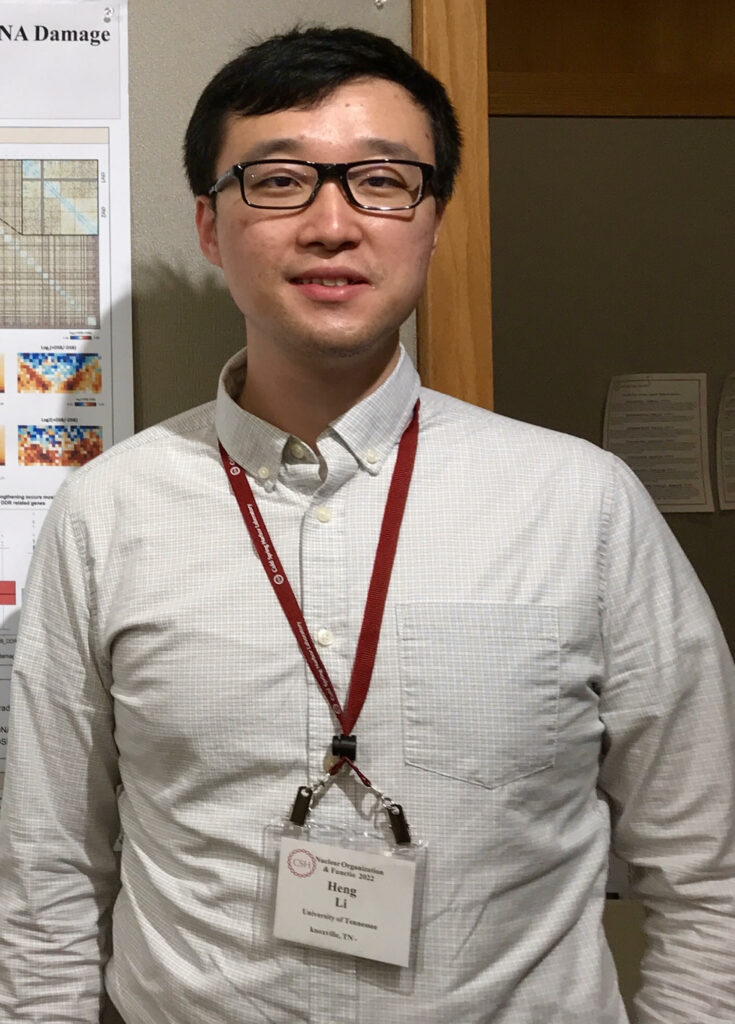
Heng Li
Biochemistry, Cellular and Molecular Biology
Heng Li studies how local chromosome domain structures are reinforced in response to X-ray irradiation. Li is interested in studying the impact of cellular sensitivity to subsequent rounds of radiation determined by the initial response and comparing the influence of different types of radiation, such as alpha particles on 3D chromosome structure. This work will improve our ability to understand and develop effective radiation combination therapies and enhance cancer susceptibility to radiotherapy.
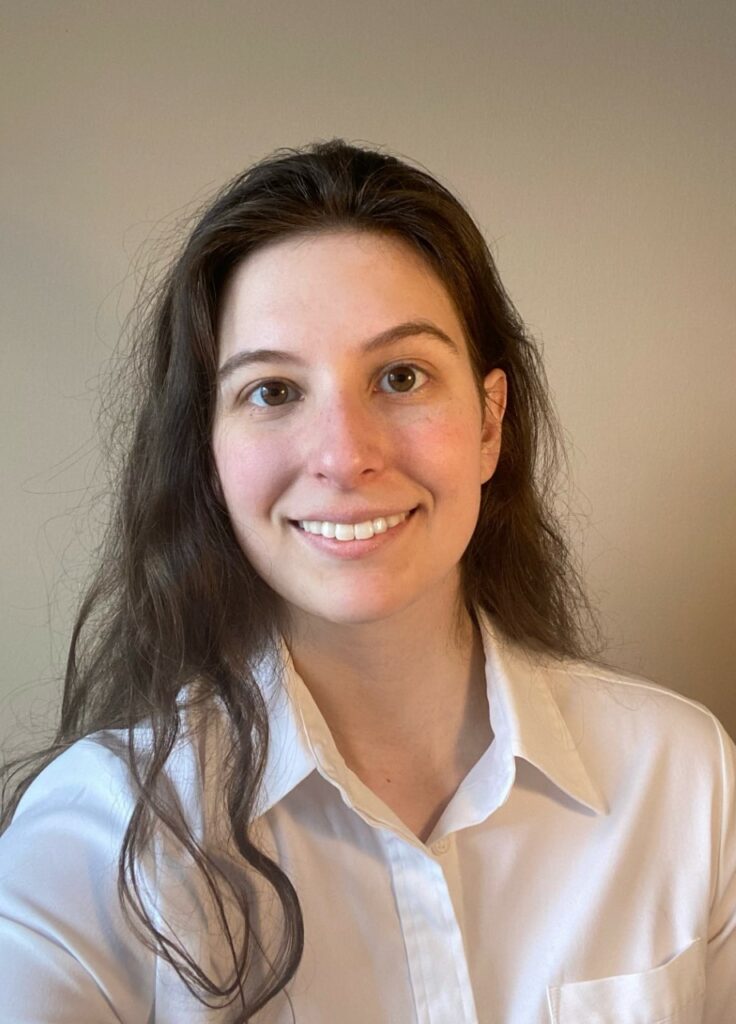
Mirka Mandich
Mirka Mandich researches experimental characterization of plasma flow using laser spectroscopy. Advanced spectroscopic diagnostics can be cost-prohibitive for small-scale, prototype fusion experiments. Mandich would like to design a mobile diagnostic platform capable of Thomson scattering and optical emission spectroscopy to deploy to different facilities. Mandich has employed other spectroscopy techniques such as absorption spectroscopy for aerospace plasma applications and schlieren imaging with electrothermal arcs, and looks forward to developing new techniques that make use of advancements in plasma physics, optical engineering, and machine learning.

Anjali Rathore
Anjali Rathore’s research focus is to confirm the existence and comprehend fundamental physics of topological protected bound states such as 1D edge states and 2D surface states. For this work she is going to synthesize topological materials by molecular beam epitaxy technique along with characterization of different topological phases and systematic analysis of unique fundamental properties of topological bound states. She wants to investigate the fundamental physics underlying topological elemental thin films and to further develop intriguing devices with potential applications in the field of electronics and quantum computation. As topology manifests itself in the emergence of edge or surface states protected by underlying symmetries, successful studies can make a significant contribution in the understanding of topological physics.
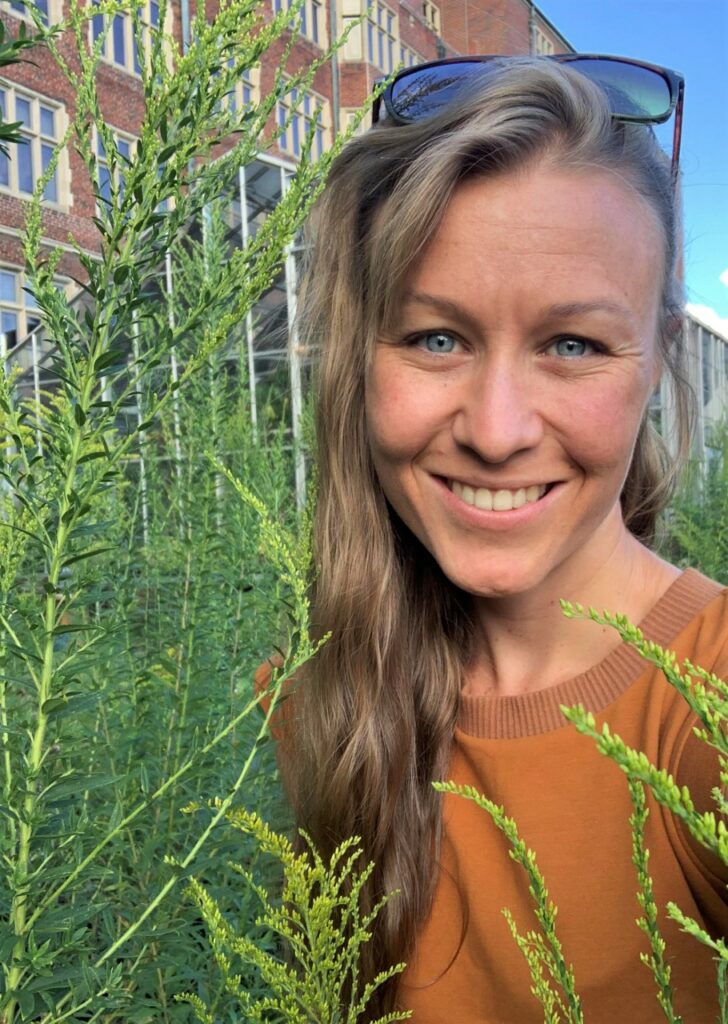
Sophia Turner
Ecology & Evolutionary Biology
Sophia Turner’s research focuses on understanding the role of changing biotic interactions for plant resource allocation. Using both field and experimental research, combining traditional ecological techniques with molecular methods, Turner seeks to test how host-specific species interactions change across the range of her study species, Solidago altissima (Tall Goldenrod). Multispecies interactions provide the support structure for the maintenance of ecological communities. Sophia’s work incorporates plant-insect-microbe interactions to gain a full picture that allows us to identify and predict how plant populations respond to changing multispecies interactions
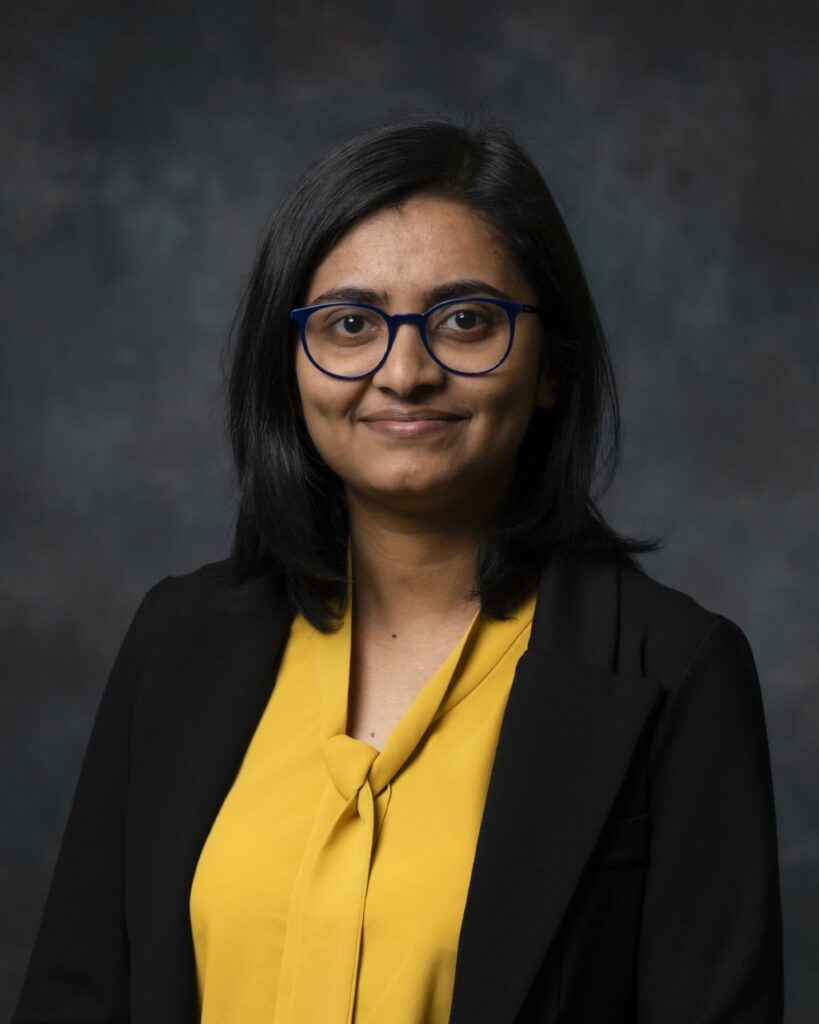
Sanjita Wasti
Sanjita Wasti works on the manufacturing and characterization of different types of composite materials. Her research focuses on the development and processing of natural and hybrid fiber-reinforced composites for automotive applications. Poor compatibility between the natural fiber and polymer matrix is one of the major bottlenecks that limited the wide range application of natural fiber composites. She is also working on different techniques to improve the interface between the natural fiber and polymer matrix.

Jackie Zheng
As a member of the Soft Matter Group at ORNL, Jackie’s research focuses on the development of organocatalysts for polymer deconstruction and the upcycling of these deconstructed polymers into stronger and more valuable materials. He is also working on the commercialization of plastic upcycling technologies to advance closed-loop circularity of plastic waste to renewed materials and divert them from landfills.
2022 Awardees
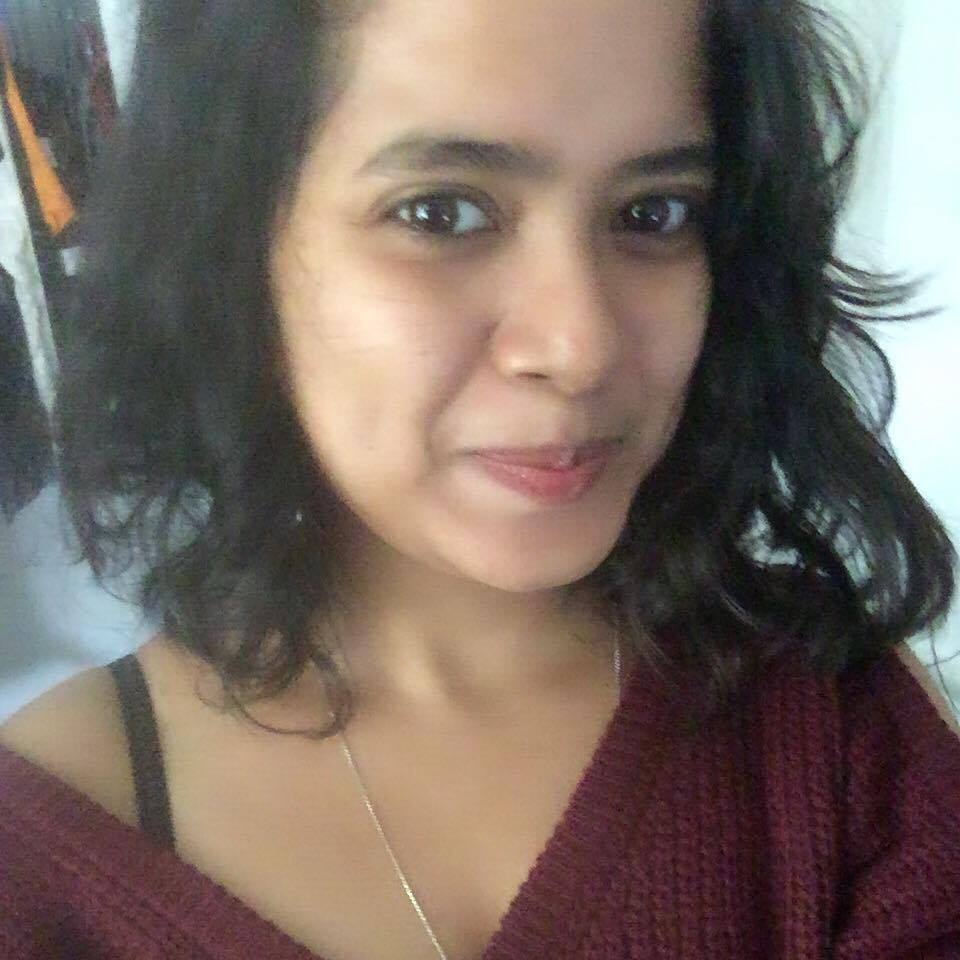
Shikha Bangar
1st & 2nd Year Funding
Shikha Bangar’s work focuses on Novel Algorithms for NISQ Devices; Bangar is developing quantum algorithms that can be implemented on current quantum technologies. Currently, she is designing a continuous-variable (CV) quantum neural network protocol that can be realized experimentally. This protocol uses only Gaussian gates, and nonlinearity is introduced through measurements on ancillary qumodes. Next, she will investigate the power of CV quantum neural networks and compare them with their classical counterparts.
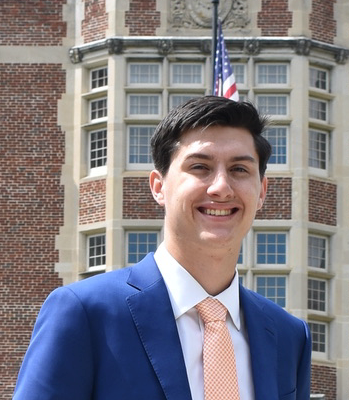
Ian Cox
1st & 2nd Year Funding
Ian Cox is collaborating with ORNL and other institutions to study the decays of exotic isotopes using the FRIB Decay Station Initiator (FDSi). FDSi allows for the combination of high-resolution gamma and neutron spectroscopy with total absorption gamma spectroscopy to measure excited states in nuclei. These results allow insight into interactions between protons and neutrons in the nucleus, thus helping to provide better models for astrophysical applications. Also, an upcoming experiment will attempt to measure the superallowed alpha decay of 104Te to provide needed insight into how protons and neutrons cluster together.
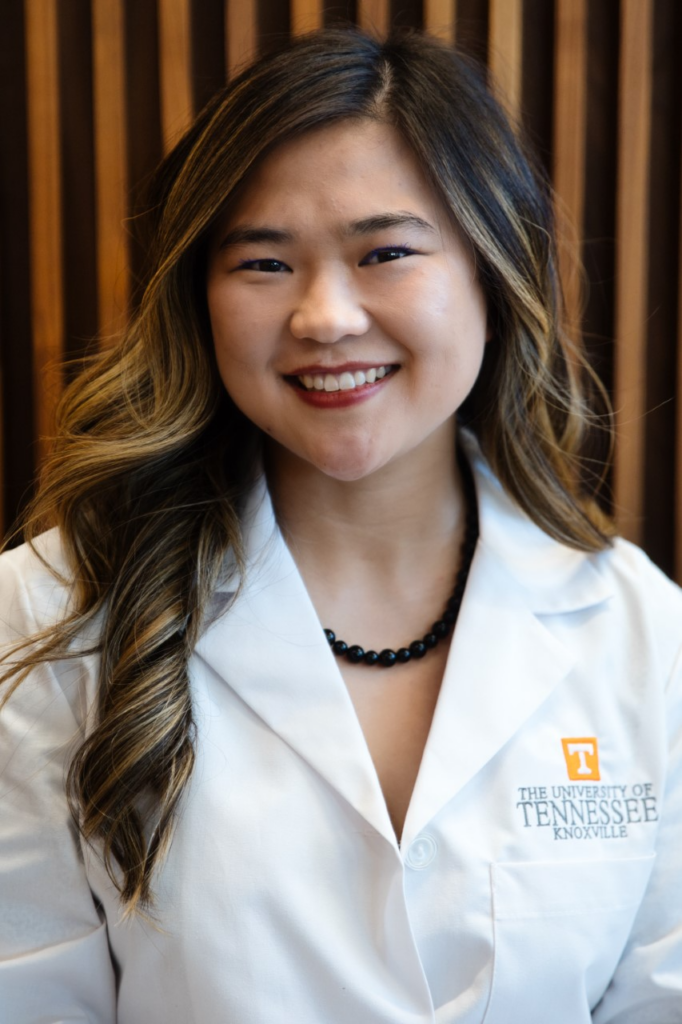
Presley Dowker
1st & 2nd Year Funding
Presley Dowker’s research focus is on identifying and characterizing novel pharmacological and diet-based approaches to treat and prevent obesity and its associated metabolic consequences. This is achieved through the use of both in vitro (cell culture) and in vivo (mice work) models which allows her to characterize the function and contribution of key metabolic proteins and enzymes related to the pathogenesis of obesity. Presley’s overarching goal is to identify novel strategies that will alleviate or treat metabolic diseases through the use of pharmacological, genetic, or nutritional approaches.
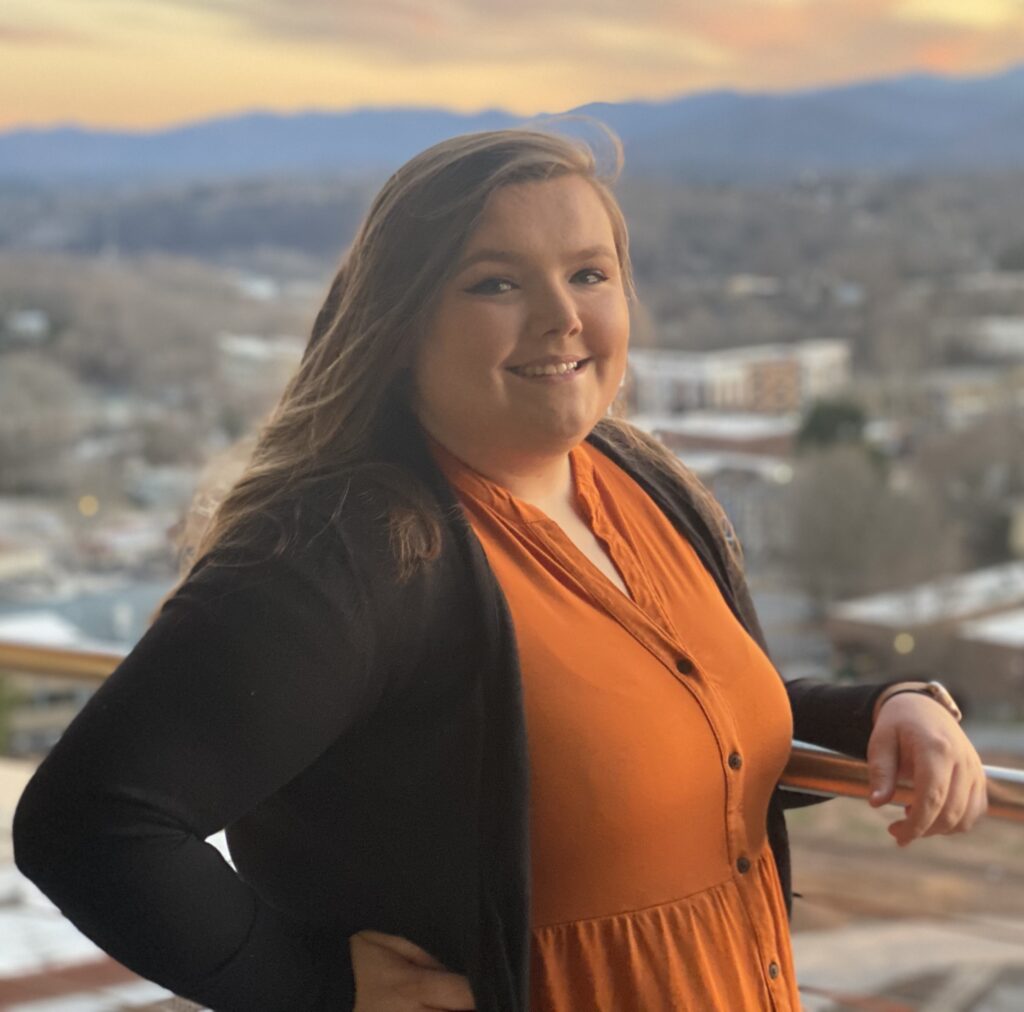
Kristen Kennison
1st & 2nd Year Funding
Kristen Kennison’s research focuses on exploring a poorly understood characteristic of the plasma membrane, transbilayer compositional asymmetry. Currently, she is primarily focusing on characterizing asymmetric bilayers that mimic eukaryotic plasma membranes to reveal information about interleaflet coupling. Kristen’s work involves producing symmetric and asymmetric giant unilamellar vesicles and large unilamellar vesicles utilizing methods such as calcium-induced hemifusion and methyl-beta-cyclodextrin exchange, respectively. She has utilized many different techniques to characterize these model membranes such as confocal fluorescence microscopy, Forster resonance energy transfer, cryogenic electron microscopy, and small-angle neutron scattering.
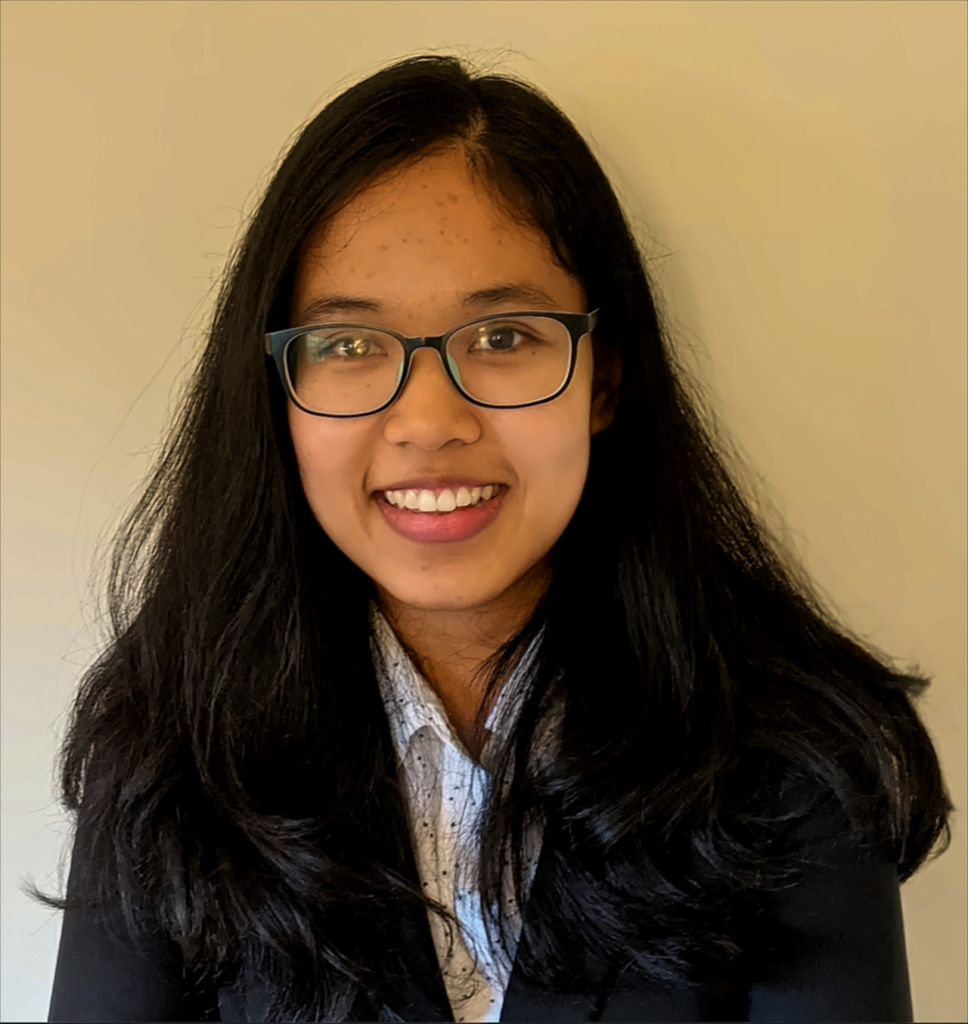
Paychuda Kritprajun
1st & 2nd Year Funding
Paychuda Kritprajun’s research focuses on studying the impact of grid-connected photovoltaic with supercapacitor systems (PVSS) on power grids. To investigate its behavior under power system transient events, she developed a converter-based supercapacitor emulator with PV on a real-time reconfigurable hardware testbed (HTB) platform. Kritprajun’s research aims to develop the control of PVSS to ensure its availability to provide grid services under severe events while maintaining the safe operations of both PVSS and power grids and to help PV generation sources ride through major grid disturbances without disconnecting from the grid.

Diyi Liu
1st & 2nd Year Funding
Civil & Environmental Engineering
Diyi Liu’s research focuses on tackling engineering problems in the transportation field using emerging and the innovative methodologies and technologies including statistical machine learning, data science, numerical optimization, etc. Liu’s research is threefold: (1) to understand transportation and its pattern using statistical approach; (2) to enhance the “total benefits” of traffic through better control algorithms; (3) to make new theoretical and practical contributions about different methods through studying the hard transportation-related topics like intelligent carpool matching, truck volume identification, etc.
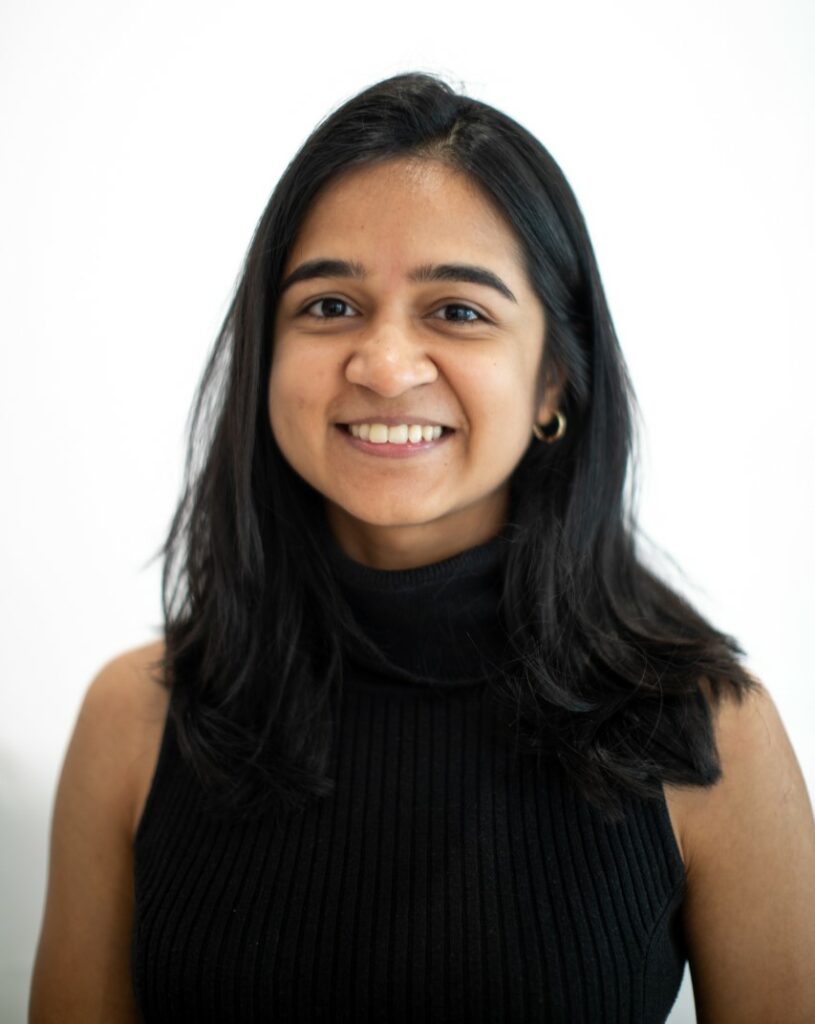
Sayali Mulay
1st & 2nd Year Funding
Sayali is working on Arctic subsurface samples collected from Svalbard, Norway to identify active microbial population during permafrost thaw. She is using a molecular based activity detection technique to identify and isolate active microbes from the thawed permafrost. Her research will help us understand the microbial communities that dominate the thawing Arctic subsurface and their processes.
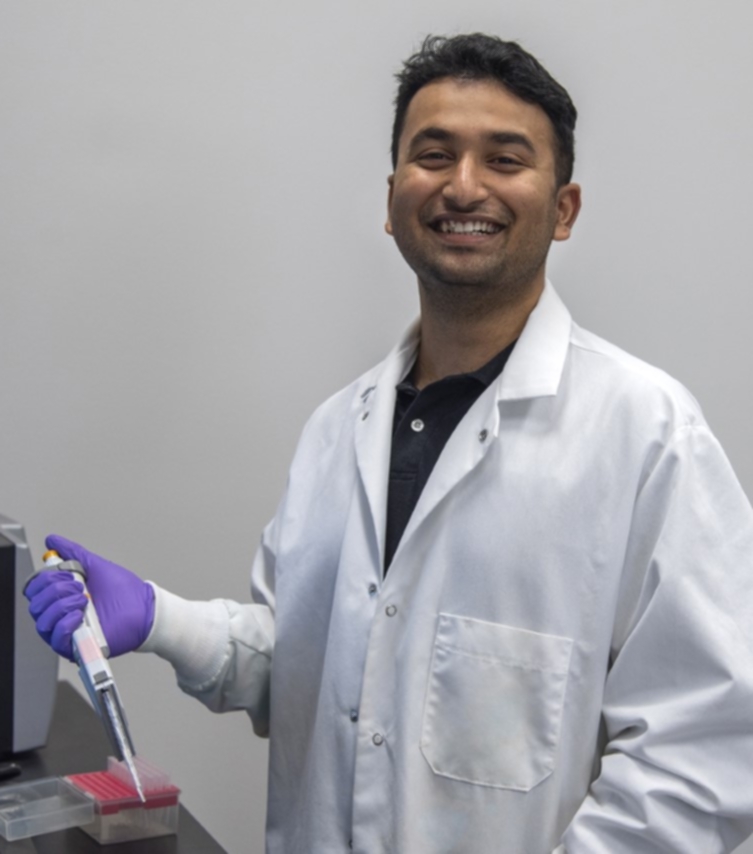
Rounak Patra
1st & 2nd Year Funding
Biosystems Engineering and Soil Science
Rounak Patra’s research focuses on C isotopes to understand subsoil carbon dynamics. Our current understanding of soil organic carbon (C) dynamics is mainly derived from topsoil studies. Theoretically, subsoil possesses ideal traits for long-term C storage, yet the mechanistic understanding of fulfilling such potential is largely unknown. In Patra’s dissertation research, they leverage stable C isotopes to study active microbial functional traits associated with C cycling to understand subsoil carbon dynamics under highly managed ecosystems.
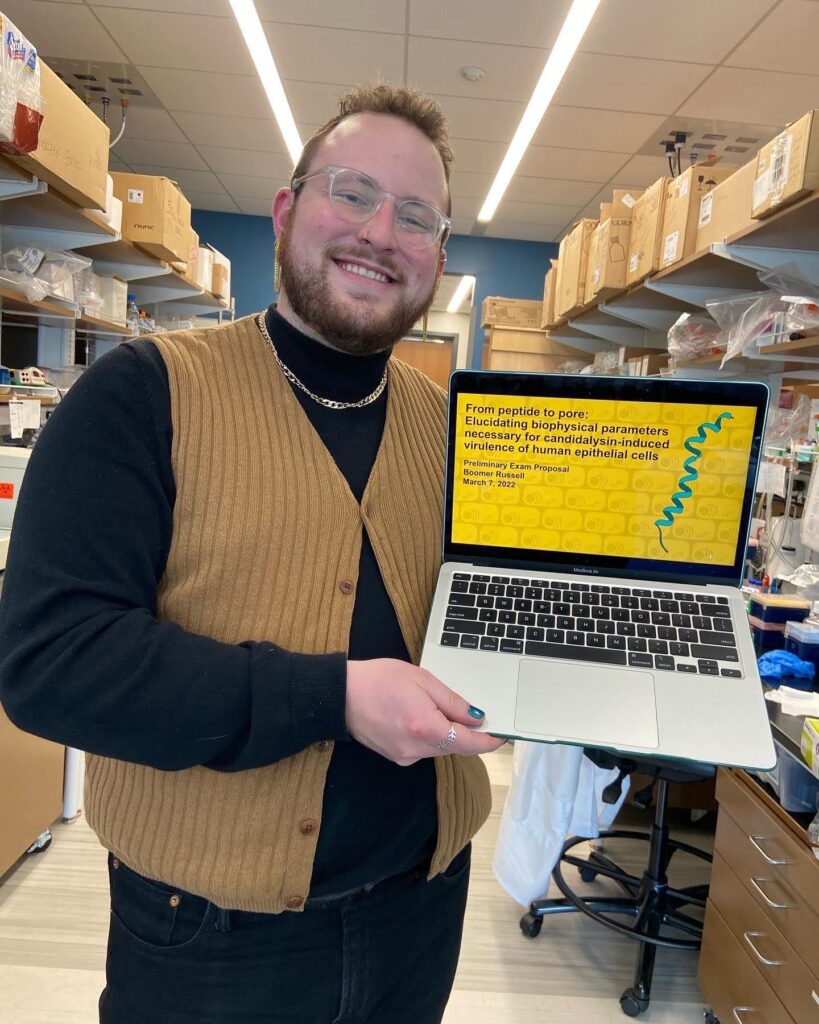
Charles Russell
1st & 2nd Year Funding
Biochemistry, Cellular and Molecular Biology
Charles Russell studies the pore formation mechanism of the virulent peptide, candidalysin, that is required for Candida albicans pathogenesis. Russell is interested in the physical influence that plasma membrane lipids have on protein structure and function. Understanding the mechanism of candidalysin self-assembly and pore formation will inform new avenues to treat C. albicans infection and can also be utilized in other biomedical applications.
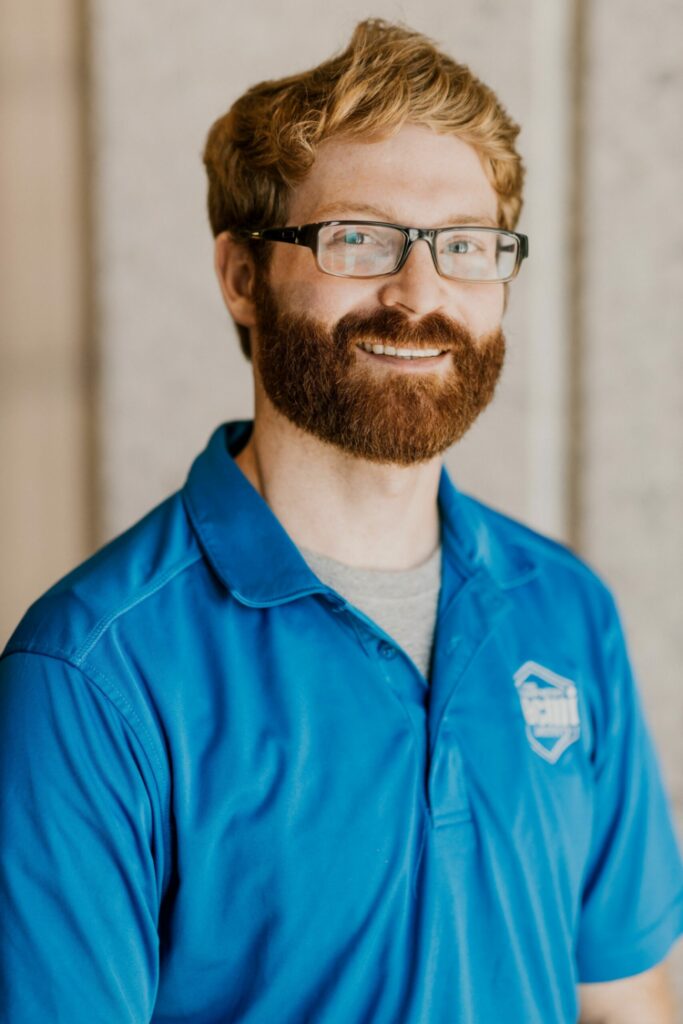
Ryan Spencer
1st & 2nd Year Funding
Mechanical, Aerospace, and Biomedical Engineering
Ryan Spencer works with nondestructive evaluation (NDE) tools that will be integrated into advanced manufacturing methods in order to provide high quality and defect free components. Spencer’s research focuses on large-scale additive manufacturing methods that are still prone to defect development during the fabrication process. By applying acoustic emission, a leading NDE technique, as structural health monitoring, Spencer will measure stress waves caused by initial failure points, such as cracking. This method will provide early detection of defects during the print process and allow the ability to take preventative action.
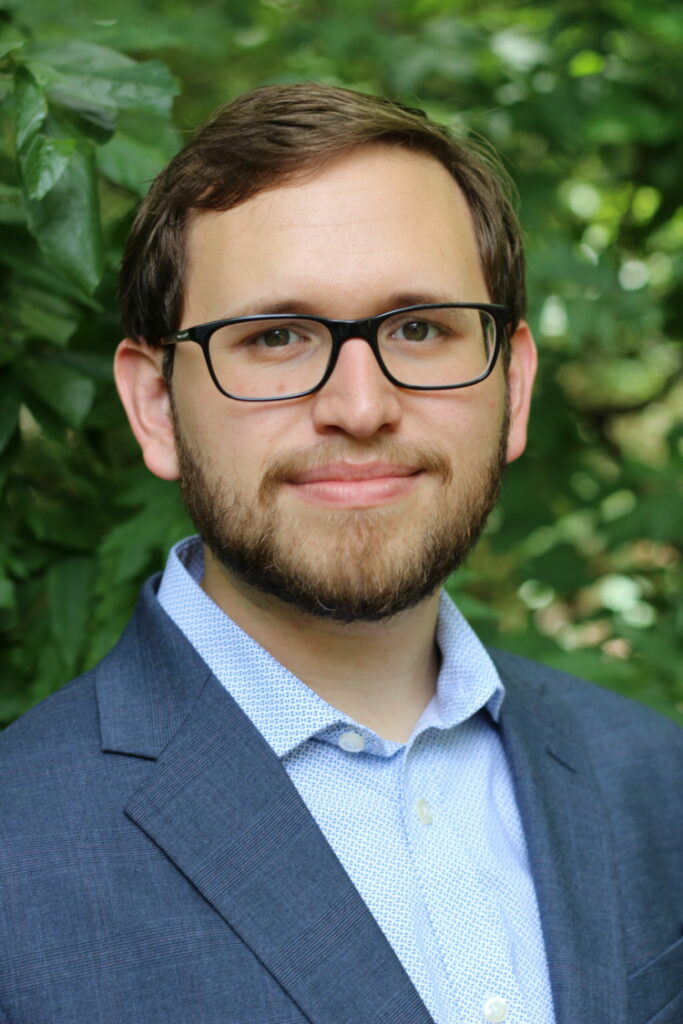
Jeremy Watts
Industrial and System Engineering
Jeremy Watts’ research combines data and decision sciences to optimize healthcare treatment plans for Parkinson’s disease patients. Parkinson’s disease is a chronic, progressive neurological disorder with no known cure. Jeremy’s work utilizes wearable sensors and patients’ demographics/genetics to dynamically adjust patients’ medications/therapies to reduce their symptoms.
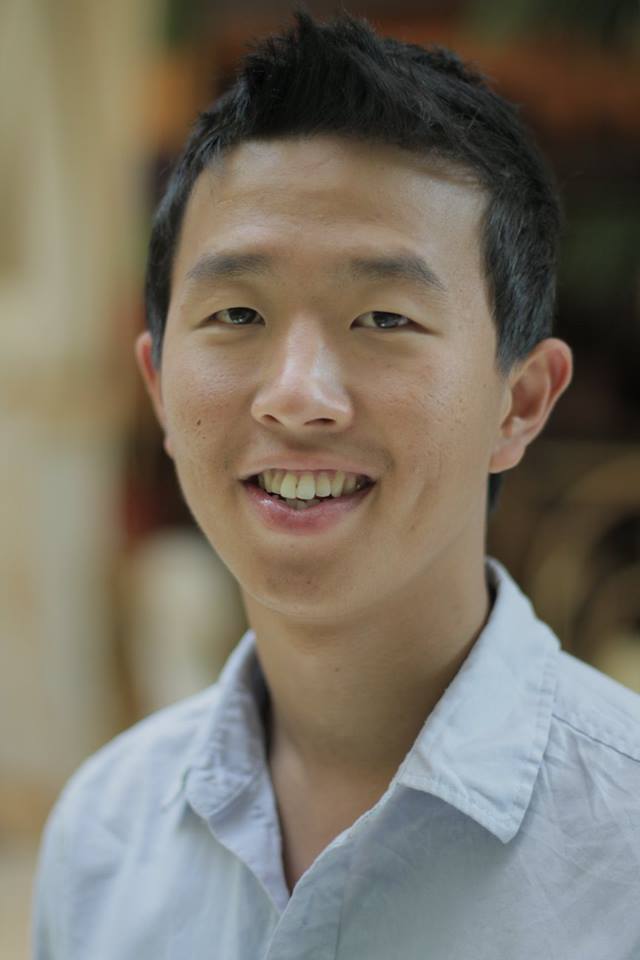
Hyun Seok Yoon
1st & 2nd Year Funding
Ecology and Evolutionary Biology
Hyun Yoon is interested in aquatic species conservation. Yoon is currently working on projecting how the range of freshwater fish and mussel species will shift in the future due to climate change and hydropower/thermoelectric plants operation. He is doing this using species distribution modeling to calculate the likelihood of occurrence of species using predictors such as temperature and flow of the streams simulated through the water balance model. Based on the projected change in species distribution, Yoon will conduct an economic risk calculation from potential fluctuation in the species monitoring and mitigation cost for the hydropower plant operations.
2021 Awardees
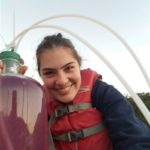
Kristen Butler
Department of Earth & Planetary Sciences
Kristen’s area of study is soil biogeochemistry; the study of the biological, geological, chemical, and physical characteristics that govern soil composition. Specifically, her research looks at the impact of manganese cycling on the carbon cycle and its greater impacts on global climate change.
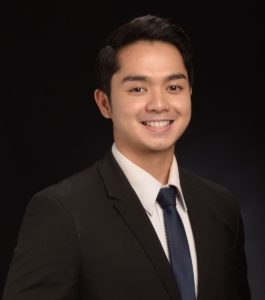
Enzo Dinglasan
Dinglasan is expanding the sets of tools that can be used to engineer cell-free systems for maximizing protein and metabolite synthesis. The growth of the bioeconomy depends on the integration of biological approaches as green alternatives for commercial production. Bioproduction emerged to address sustainability concerns associated with chemical manufacturing methods that rely on petroleum. The advantage of speed that is offered by cell-free manufacturing will not only hasten our transition into a global bioeconomy, an increasingly urgent need as climate change worsens, it also provides opportunities to sustainably meet surging demands during global emergencies.
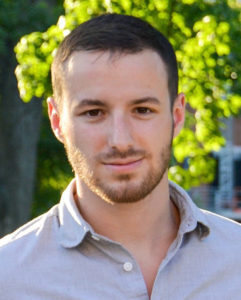
Devon Drey
Defect formation, defect mobility, and associated disorder profoundly affect the physical properties of many materials and influences material performance in both ambient and extreme environments. Devon Drey’s project uses the advanced materials characterization techniques to further our understanding of defect behavior and disordering over a range of length scales in several oxide materials.
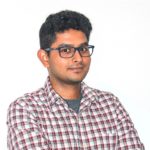
Viswanathan Gurumoorthy
Department of Genome Science & Technology
Viswanathan’s research investigates intrinsically disordered proteins, or IDPs. IDPs have been shown to play a causative role in diseases such as cancer. He hopes to continue to address the knowledge gap in the study of proteins and their potential impact in a variety of systems.
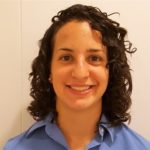
Samara Levine
Department of Nuclear Engineering
1st & 2nd Year Funding
Samara left an industry career as a nuclear engineer to pursue research. Her work, which seeks to investigate radiation damage in reactor structures, has led to collaborations with ORNL and Lawrence Berkeley National Laboratory researchers. Her continuing research may ensure safer conditions for the generation of clean energy by fission and fusion systems.
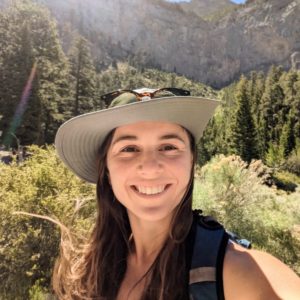
Sarah Love
Ecology & Evolutionary Biology
Using the natural laboratory comparison of sky islands and adjacent mountain chains, Sarah Love examines how climate change since the end of the Pleistocene has influenced adaptive demographic processes, plant-soil feedbacks, and plant phenotypes across the entire natural range of the dominant riparian tree, Populus angustifolia, narrowleaf cottonwood.
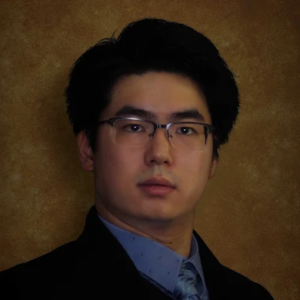
Zeyu Liu
Industrial & Systems Engineering
Zeyu Liu’s research focuses on mathematical optimization and operations research, especially under parametric uncertainties. His application area includes critical infrastructure, healthcare, transportation, and energy systems. Liu received his doctorate of Philosophy, Industrial Engineering from UT in 2022.
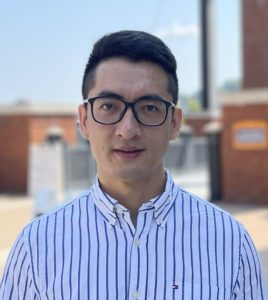
Hang Ma
Industrial & Systems Engineering
Hang Ma’s research focuses on statistical machine learning, mathematical optimization and scientific computing for modeling, control and optimization of complex dynamic systems ubiquitous in science and engineering. Ma’s current work is to develop interpretable machine learning methods to uncover the unknown physical laws in the complex systems, like machining dynamics for smart manufacturing and water electrolysis for green hydrogen production.
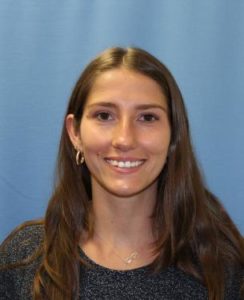
Maddison Melchionna
Biochemistry, Cellular, & Molecular
Maddison Melchionna’s research focuses on understanding the biochemical mechanisms by which bacteria sense
changes in their environments and respond to stress. Specifically, she has characterized the function of a widely conserved bacterial membrane protein, which allows cells to balance and maintain homeostasis of membrane energetics, including the transmembrane potentialand proton motive force.
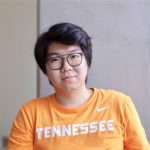
Xin Wen
Department of Physics & Astronomy
The study of turbulence has implications in an array of real-world scenarios, from transportation to medicine. Xin’s research seeks to effectively quantify and test turbulent flow through the use of liquid helium. He plans to engage in multiple collaboration on this work, including with ORNL, the Joint Institute for Computational Studies, and the National High Magnetic Field Laboratory.
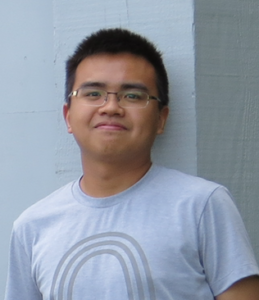
Hao Zhang
Hao Zhang researches theoretical condensed matter physics with an emphasis on quantum magnetism. In particular, Zhang’s interest is in the novel states of matter and the dynamical response in frustrated quantum materials. Zhang has developed some generalized notations in the field of quantum magnetism in their Ph.D. dissertation. These generalized notations provide powerful theoretical tools for modeling diffuse and inelastic neutron scattering experiments performed at the Neutron Scattering Division of ORNL.
2020 Awardees
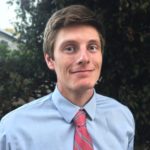
Matthew Baucum
Department of Industrial & Systems Engineering
1st & 2nd Year Funding
Matthew’s research combines healthcare operations and data analytics, and will investigate techniques for more efficient weaning of medical patients from ventilators. Matthew’s earlier academic work in quantitative psychology laid a foundation for a nuanced approach to the fusion of theory-driven classical operations research and modern advances in data science that will serve to guide his continuing research to improve chronic and critical healthcare.
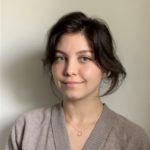
Liz Denison
1st & 2nd Year Funding
Liz’s work focuses on the microbial communities of peat bogs, specifically Sphagnum, and how microorganisms may influence larger ecosystem processes. Peatlands have been identified as one of the most valuable, and most vulnerable, ecosystems on the planet. She hopes her work will contribute to predictive models of how Sphagnum will be impacted by warming temperatures.
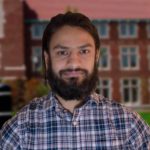
Rajesh Ghimire
Department of Physics & Astronomy
1st & 2nd Year Funding
Rajesh’s research focuses on instrumentation development, data acquisition, and analysis of large data sets to better understand nuclear reactions. An understanding of nuclear reactions can lead to developing an understanding of nucleosynthetic processes in deep cosmos. Rajesh hopes to use this work to expand his expertise in experimental nuclear physics.
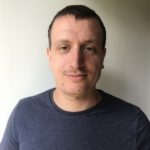
Adrien Green
Department of Physics & Astronomy
1st & 2nd Year Funding
Adrien’s work centers on the development of secure quantum communications, or the introduction of the laws of quantum mechanics into encryption to develop more secure means of communication. He hopes his work will contribute to the innovation necessary to make such technology widely accessible to the greater public.
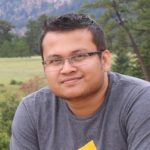
Mohammad Aminul Haque
Min H. Kao Department of Electrical Engineering & Computer Science
1st & 2nd Year Funding
Aminul has always been fascinated by technology and electrical engineering. Focusing on the area of nanotechnology, his work seeks to bridge the disciplines of physics and electrical engineering. He hopes his research on 3D printed polymer structures will lead to a career in industry-oriented research and nanoelectronics fabrication.
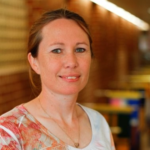
Michelle Lehmann
Bredesen Center for Interdisciplinary Research and Graduate Education
1st & 2nd Year Funding
Michelle is a nontraditional student exploring ion-transport membranes for non-aqueous battery systems. After spending ten years working as a veterinary technician, she enrolled at the University of Tennessee to pursue an education in chemical engineering and is currently pursuing a degree in energy science and engineering. She hopes her research will yield significant impacts for battery technologies.
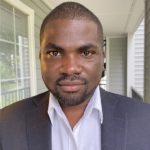
Francis Okejiri
1st & 2nd Year Funding
Francis’s research focuses on pollution from vehicle emissions, specifically carbon monoxide which is highly toxic to humans. Carbon monoxide has been linked to a number of respiratory illnesses and can be fatal to humans in relatively small doses. He hopes to develop crystalline materials that can transform carbon monoxide into the less toxic carbon dioxide.
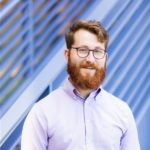
Nick Oldham
Department of Entomology & Plant Pathology
1st & 2nd Year Funding
Nick’s work focuses on the effect of urban landscapes on wetlands and their associated pollinators. Specifically, his research investigates fly populations critical to the plant communities found in eastern Tennessee wetlands. As a self-described bug lover, Nick hopes his work will support UT-ORNL collaborations as well as educate broader audiences on the importance of pollinators.
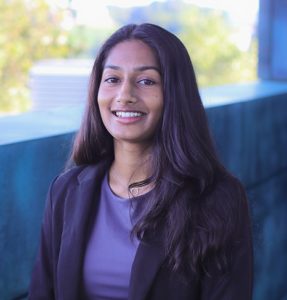
Sreya Paladugu
Department of Materials Science & Engineering
1st & 2nd Year Funding
Sreya is investigating metal oxide catalysts under acid gas exposure through neutron and x-ray scattering. She hopes her work will contribute to materials discovery and design for energy applications, and create an opportunity for collaborations with industry partners.
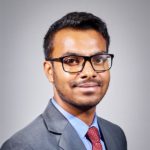
Nitesh Shah
Department of Civil & Environmental Engineering
1st & 2nd Year Funding
The critical nature of road access was made clear to Nitesh in the wake of a devastating 2015 earthquake in Nepal. His work in transportation planning has led him to focus on sustainability, user behavior, and safety of shared micromobility; a potential solution to urban transportation issues like congestion and pollution.
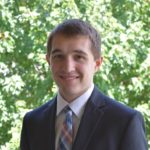
Tyler Steiner
Department of Nuclear Engineering
1st & 2nd Year Funding
A lifetime of natural curiosity brought Tyler to the field of nuclear engineering for space applications. Nuclear thermal propulsion has been chosen by NASA to send humans to Mars, but a testbed for simulating the specific conditions this mission will experience does not yet exist. Tyler’s research will contribute to the development of such a test bed in an ongoing UT-ORNL collaboration.
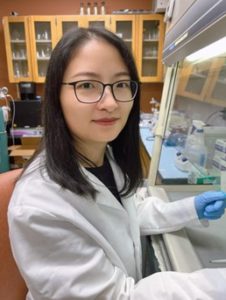
Huihui Sun
Department of Biosystems Engineering & Soil Science
1st & 2nd Year Funding
Huihui’s research focuses on soil environmental microbiology, specifically the role of viruses in soil. Viruses are known to play important roles in a given ecosystem, from carbon cycling to breaking down contaminants. Her work seeks to determine the effect of water in soil on the distribution of viral populations within that soil.

Matthew Whisenant
Department of Mechanical, Aerospace & Biomedical Engineering
As renewable energy technology continues to develop, existing infrastructures may provide stumbling blocks making it difficult to implement these technologies. Matthew’s research centers on hydropower, utilizing machine learning to develop more efficient turbines. He hopes his work will contribute to future increases in renewable energy use.
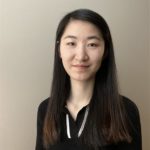
Yi Yang
Department of Materials Science & Engineering
1st & 2nd Year Funding
Stainless steel is a widely used material in pipes for oil refineries, power plants, and nuclear energy systems. Failed welds in these pipes can have dramatic consequences. Yi’s research investigates these welds and potential causes of their failures. She hopes to then generate a predictive model for industrial use in safety monitoring.
